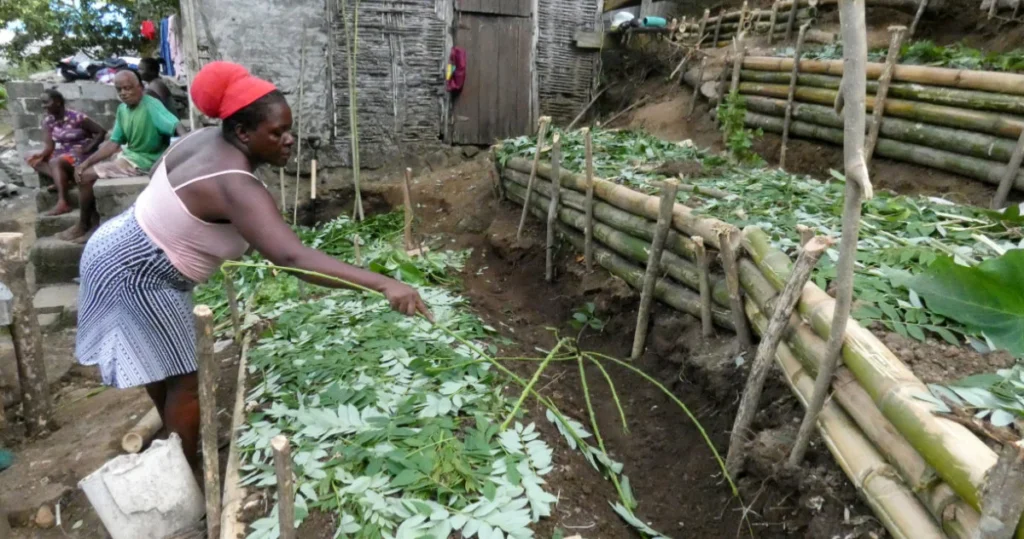Agriculture is a vital part of the economy in Saint Vincent and the Grenadines, especially for rural livelihoods and export earnings. Here’s an overview of the agricultural sector:
Main Features of Agriculture in Saint Vincent and the Grenadines
1. Major Crops
- Bananas – The traditional export crop, though production has declined due to international competition and climate events.
- Root Crops – Cassava, dasheen (taro), sweet potatoes, and yams are widely grown.
- Fruits – Mangoes, avocados, passion fruit, guavas, soursop, and breadfruit.
- Vegetables – Tomatoes, cabbage, peppers, cucumbers, and carrots.
- Spices & Herbs – Nutmeg, turmeric, ginger, thyme, and chives.
- Arrowroot – Saint Vincent is one of the few places in the world where arrowroot is still commercially cultivated and processed.
2. Livestock Farming
- Goats and sheep
- Cattle and pigs
- Poultry – Primarily chickens for meat and eggs.
- Livestock is often raised on a small scale by rural households.
3. Fishing (Marine Agriculture)
- A major source of food and income in the Grenadines.
- Common catches: snapper, tuna, mahi-mahi, kingfish, lobster, and conch.
4. Agricultural Exports
- Bananas
- Arrowroot starch
- Root crops
- Fruits (seasonal)
- Some exported to the Caribbean, UK, and North America.
5. Challenges in the Sector
- Vulnerability to hurricanes and tropical storms
- Limited access to modern farming technology
- Youth migration from rural areas
- Decline in banana industry competitiveness
- Land availability and soil erosion
6. Government & International Support
- Training through the Ministry of Agriculture, Forestry, and Fisheries
- Support from FAO, IICA, and Caribbean Agricultural Research & Development Institute (CARDI)
- Programs to promote climate-smart and organic farming
7. Emerging Trends
- Organic farming
- Agro-processing (e.g., fruit juices, jams, herbal teas)
- Greenhouse farming
- Agritourism (farm tours and experiences for tourists)


